Porous Metal
- Controlled Porosity: Permits gas escape while retaining molten material.
- Mechanical Strength: Withstands high-pressure molding conditions.
- Thermal Stability: Resilient to elevated temperatures during molding.
- Versatile Design: Customizable for specific venting requirements.
Expert Craftsmanship
20+ Years of Expertise
Tailored Solutions
Custom designs
Rigorous Quality Control
ISO 9001-Certified Quality
Competitive Pricing
Cost-effective solutions
Global Support
Reliable delivery & technical assistance
ISO 9001:2015 Certified Processes
ISO 13485: 2016 Medical Device
IATF 16949: 2016 Automotive
No Minimum Order Quantities
In-Process Inspection with CMM
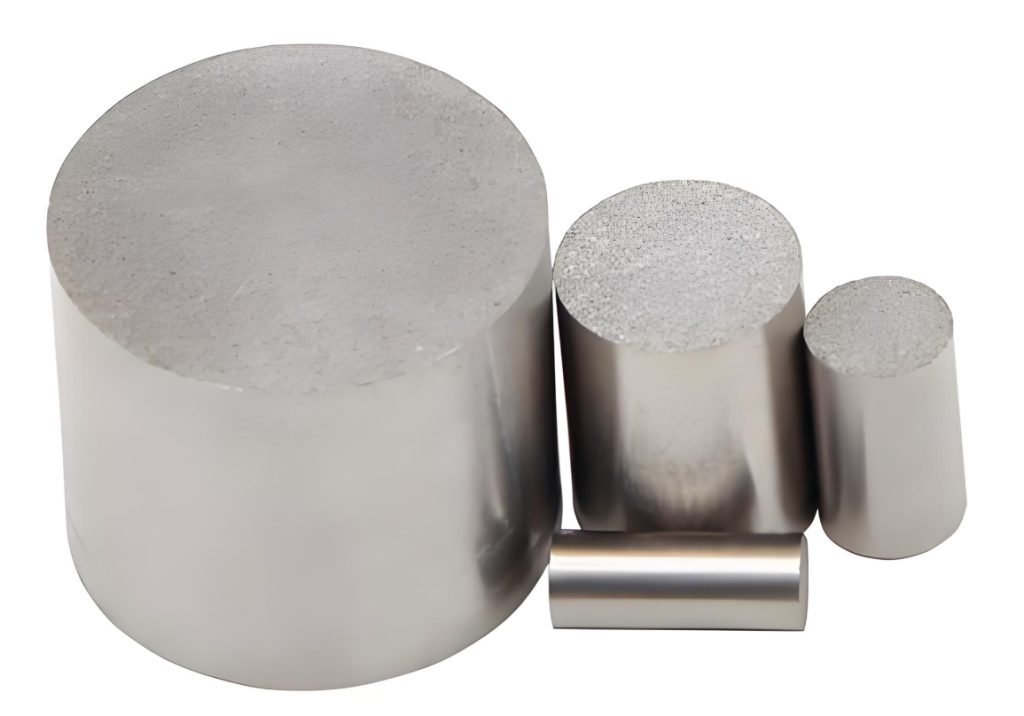
Porous Metal Inserts: Precision Venting for Injection Molding
Porous metal inserts are cutting-edge mold components designed to enhance venting systems in injection molding. These inserts allow trapped air and gases to exit the mold cavity efficiently, ensuring flawless part production.
With their robust design and tailored porosity, they are perfect for demanding applications in industries such as automotive, aerospace, and consumer goods. Discover how our porous metal inserts elevate mold performance and part consistency.
Primary Functions
Processing Materials
Sintered Stainless Steel
- High durability and resistance to wear (e.g., 304, 316).
Sintered Copper Alloys
- Excellent heat dissipation and permeability.
Specialty Metals
- Tailored options for unique molding challenges.
Post-Processing & Surface Treatments
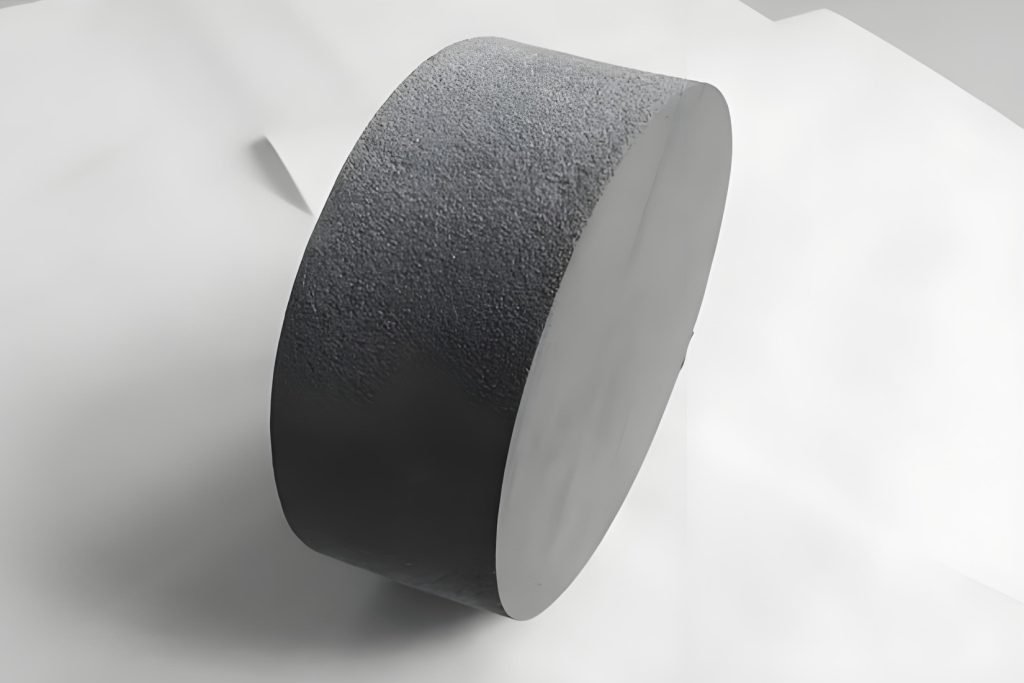
Sintering Process

CNC Machining

Surface Polishing
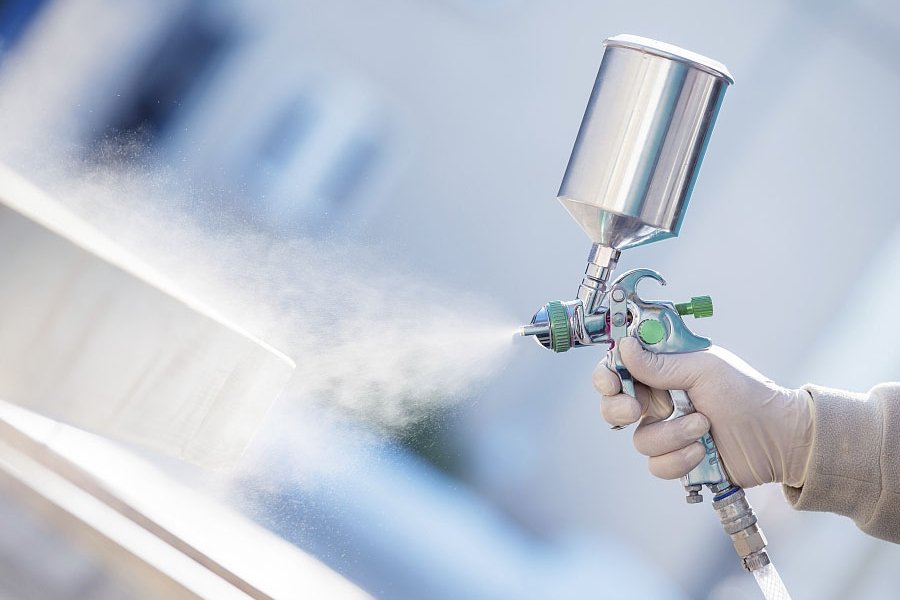
Protective Coatings
Technical Specs for Porous Metal Inserts
Our processes ensure unmatched consistency and repeatability at fast lead times and affordable pricing.
| Parameter | Specification |
| Pore Size Options | 10 µm to 150 µm (customizable) |
| Dimensional Accuracy | ±0.005 mm (precision options available) |
| Diameter Range | 8 mm to 60 mm (custom sizes on request) |
| Thickness Range | 3 mm to 25 mm (adjustable per application) |
| Max Temperature | Up to 450°C (842°F) |
| Lead Time | 2-4 weeks (standard); rush options available |
Need a bespoke solution? Reach out for custom specs.
Selection Suggestions
Mold Complexity
Match pore size to cavity intricacy.
Material Viscosity
Adjust porosity for thicker or thinner resins.
Cycle Frequency
Opt for high-strength alloys for continuous runs.
Operating Conditions
Select corrosion-resistant options for harsh settings.
Our experts are ready to guide your selection process.
Fecision Mold Component Tooling Network
In response to different service types and diverse business needs, we have deployed suppliers with different manufacturing capabilities.
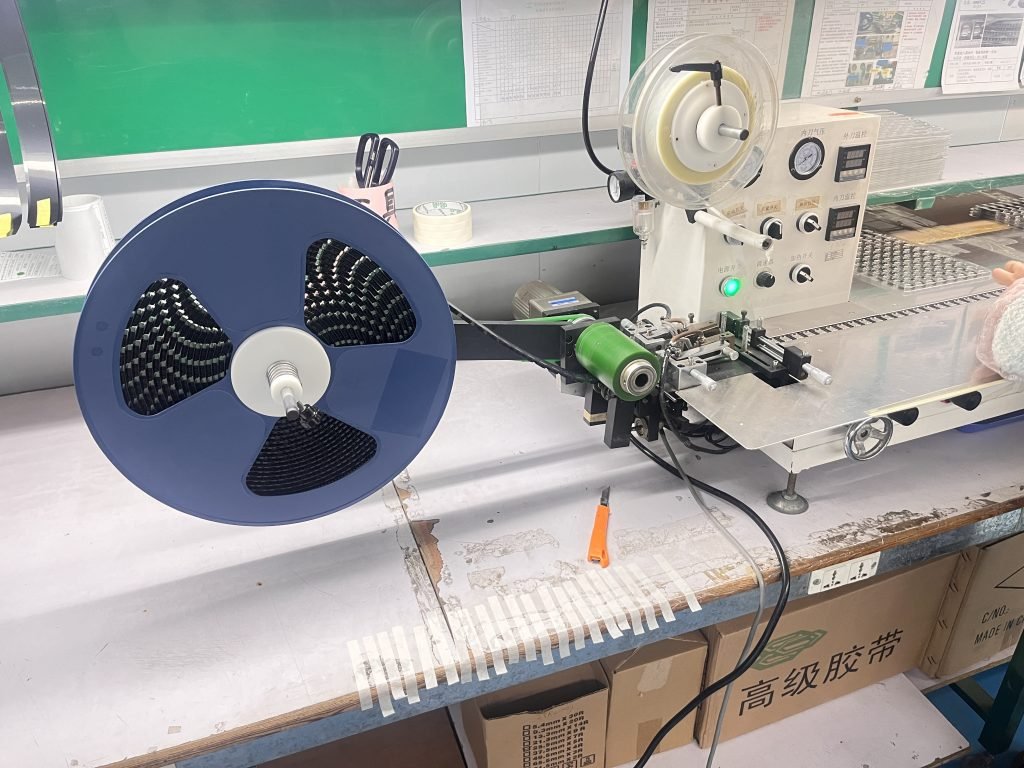
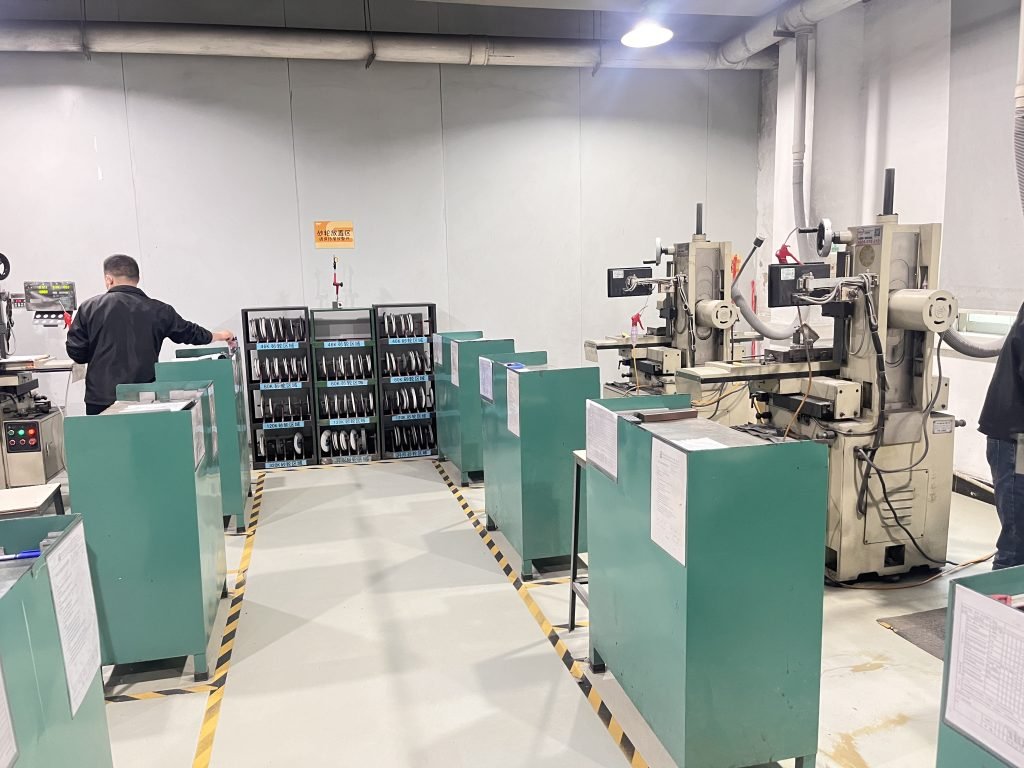
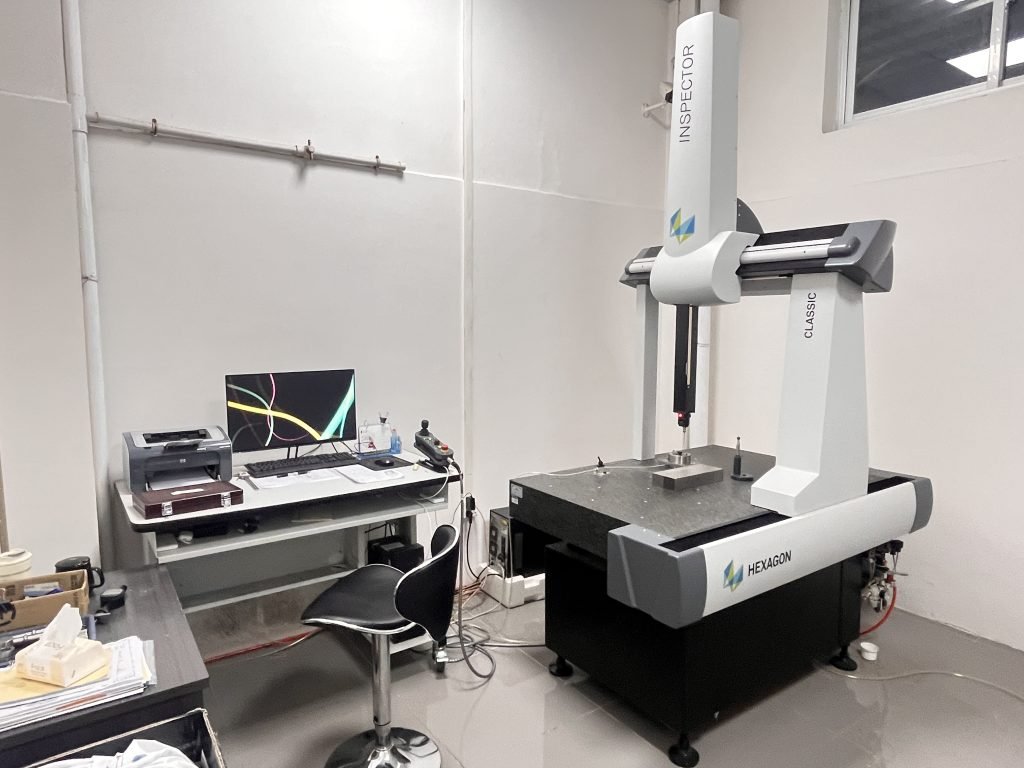
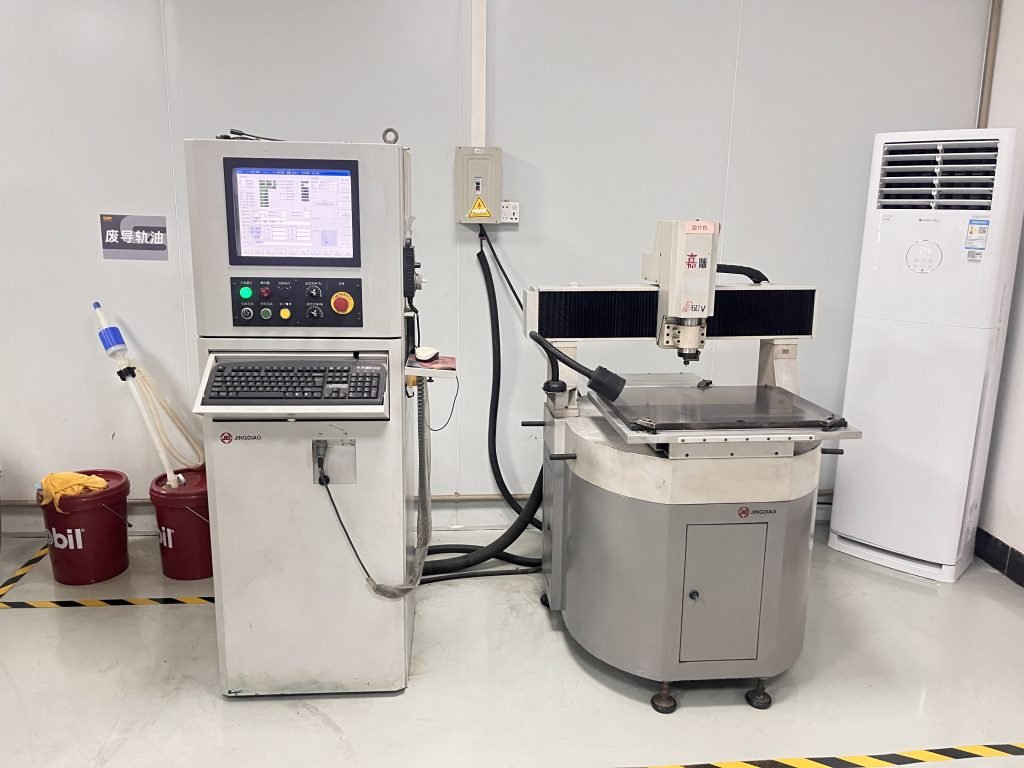
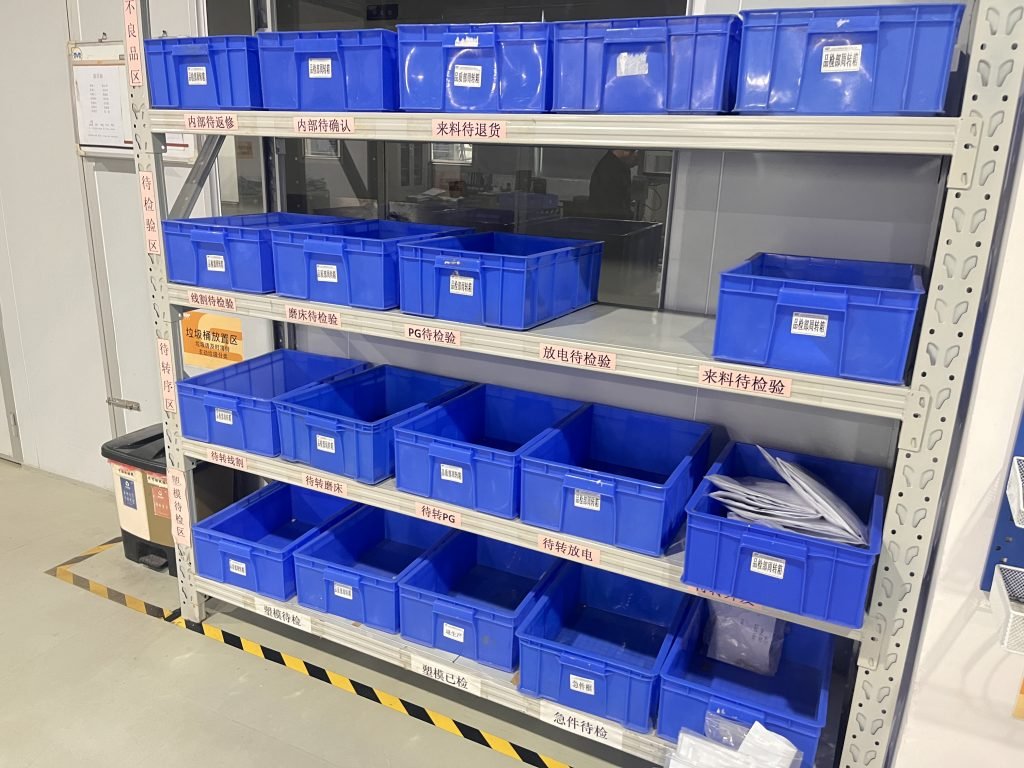
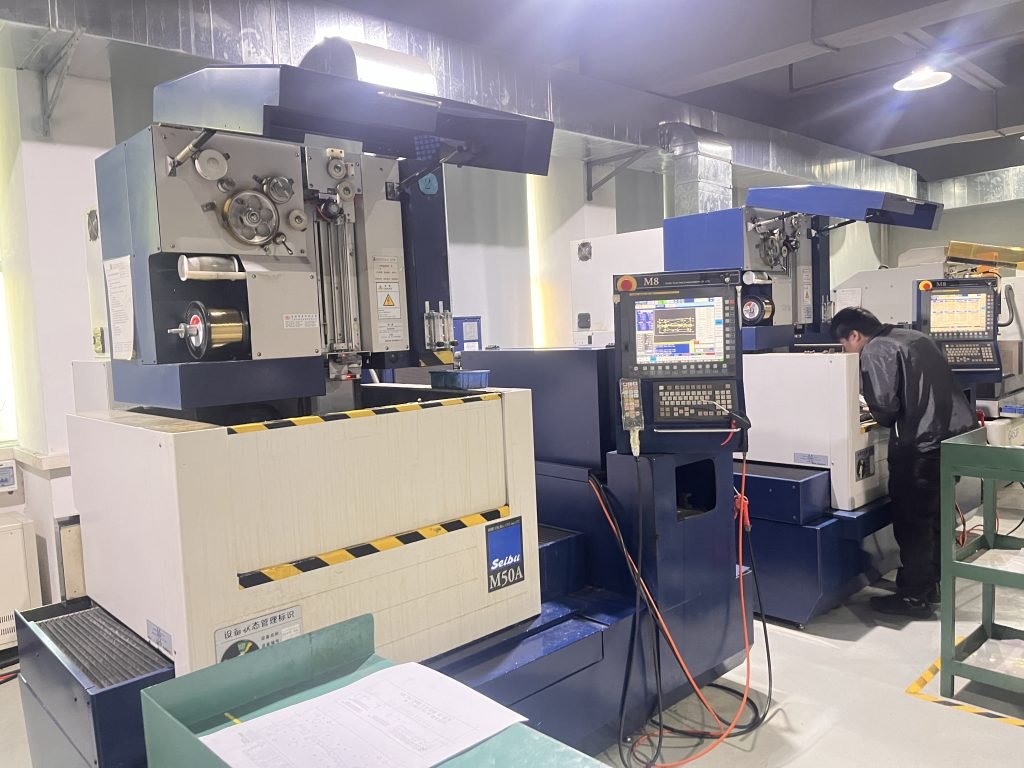

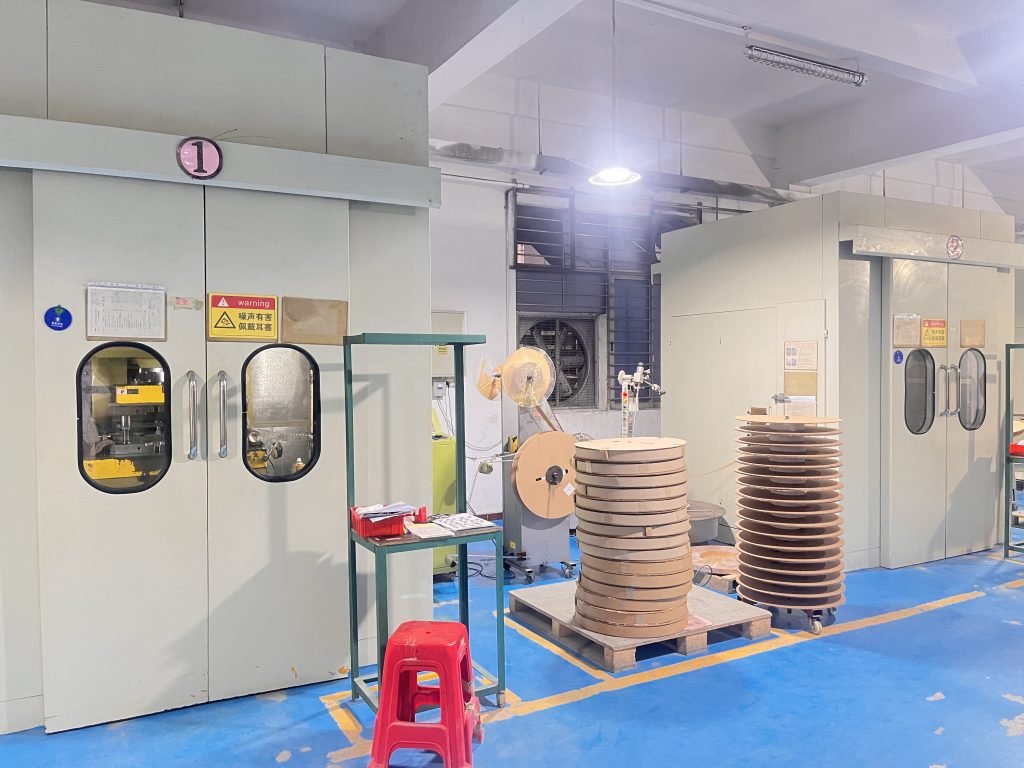
Why Fecision for Mold Components?

Precision and Accuracy
Using state-of-the-art CNC machining, EDM, and other advanced manufacturing techniques, Fecision ensures all mold components meet tight tolerances and high-quality standards.
Customization
Fecision understands the unique needs of each project. Our team works closely with customers to provide tailored solutions, ensuring that each component fits perfectly within the target mold system.
Rapid Prototyping
Fecision offers rapid prototyping for mold components, enabling customers to test and refine designs quickly before moving into full production.
End-to-End Services
From initial design and DFM (Design for Manufacturability) analysis to final mold assembly and testing, Fecision handles every aspect of the mold component manufacturing process.
Process for Manufacturing Mold Components
Manufacturability Evaluation
The initial step involves assessing the manufacturablity of the mold component. If it's deemed feasible, we proceed with production immediately. If not, we will provide a detailed DFM (Design for Manufacturability) report to the customer. If necessary, mold flow analysis is performed to simulate the flow of molten material within the mold.
Material Selection
Next, choose the right material for mold parts. Common materials for mold components include steel alloys, aluminum, stainless steel, specialty alloys, etc. If needed, a prototype may be made using rapid prototyping techniques (e.g., 3D printing, CNC machining) to test the design for fit, function, and manufacturability.
Mold Components Manufacturing
Once the design and materials are finalized, the mold component undergoes CNC machining. If required, the mold component may undergo heat treatment, depending on the material and intended application. For certain components, surface hardening methods such as nitriding or carburizing are applied to increase wear resistance.
Shipping
For molds with multiple components, such as multi-cavity molds or molds with inserts, the individual components are carefully assembled into the final mold system. Once our engineers confirm the product meets all requirements, it will be shipped. We maintain ongoing communication to ensure the customer is fully satisfied with the product they receive.
Let's Start!
Ready to improve your mold venting?
Contact us today for a personalized quote or to discuss your project. Let’s achieve precision together.




